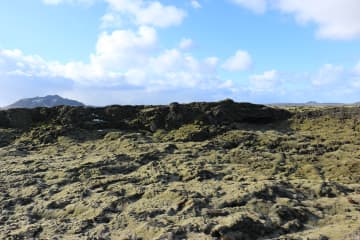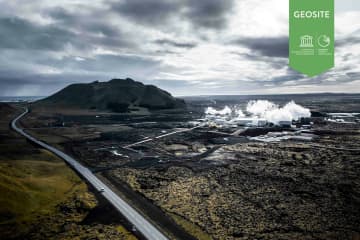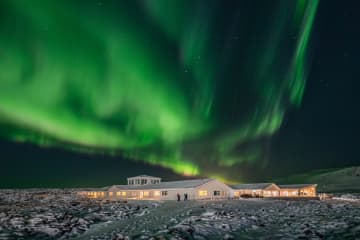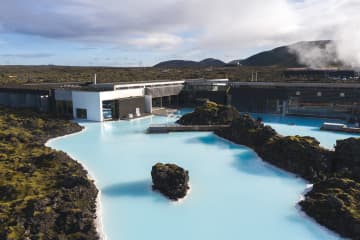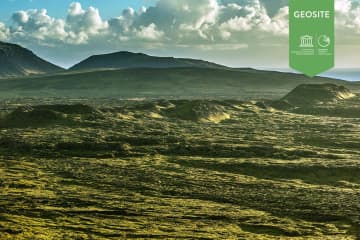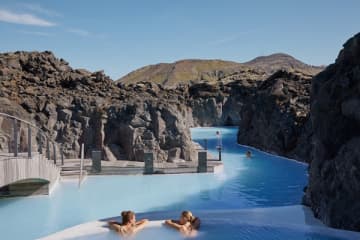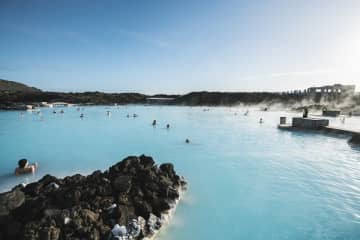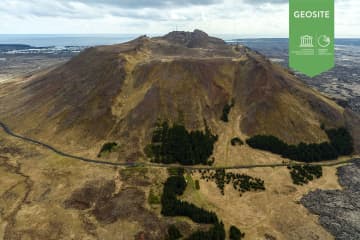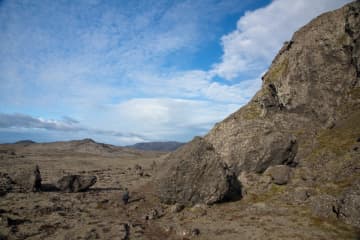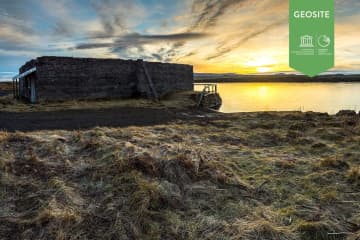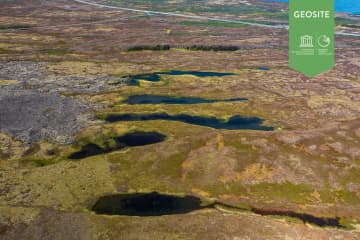Arnarsetur

Arnarsetur is part of one remarkable geological formation of modern times and is mostly undisturbed. It is a short monogenetic volcanic fissure with scoria and spatters craters, formed in an eruption integral to the Reykjanes Fires, a volcano-tectonic episode from 1210 to 1240. The fissure is two kilometres in length and the lava formations that originate from it cover 20 square kilometres. They are rugged and contain lava tubes and remains of human activity. The name Arnarsetur means Eagle's nest and derives from a pair of eagles that lived in the area before.
The Reykjanes fires from 1210 to 1240 AD were the last volcanoes to erupt on the peninsula before Fagradalsfjall in 2021. These fissure swarms produced intense eruptions with curtains of fire. The initial stage of Arnarseturhraun is largely buried under later activity.
The historical records mention some submarine eruptions offshore Reykjanes or by the coastline, part of the metabolism was in the sea causing the island of Eldey (fire island) to arise a few nautical miles from the coast.
Heavy ash appeared and spread a black, fine-grained layer over the Reykjanes peninsula, which nowadays makes the age of lava or human remains comparable.
How to get there?
Arnarsetur is located north of the town Grindavik. It can be reached from Grindavíkurvegur, road no. 43. The exit is about halfway from Reykjanesbraut (41) towards Grindavík.
Nearby: Snorrastaðartjarnir , Bláa Lónið, Svartsengi

